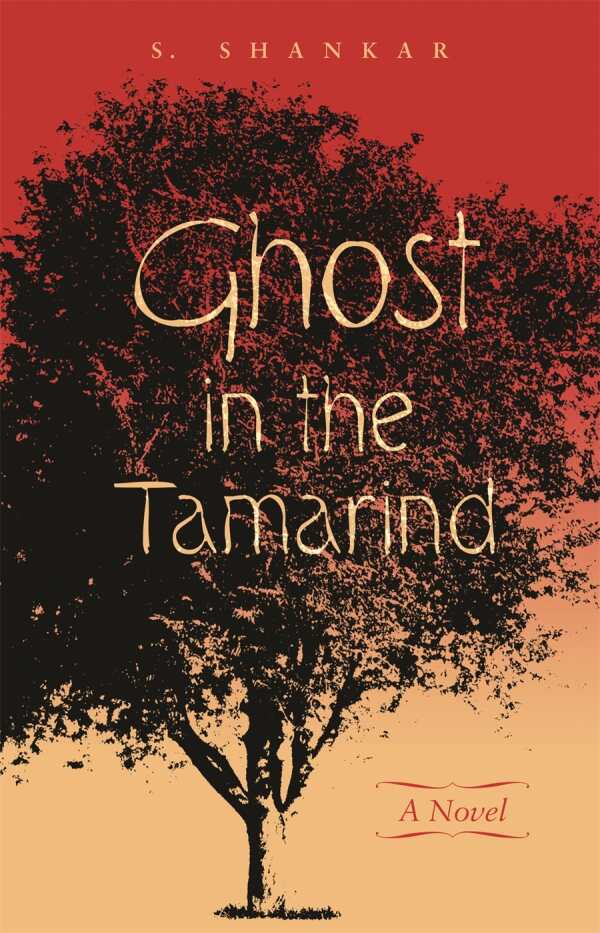Ghost in the Tamarind
Rich with memorable characters and moments, the story has a beautiful, sensual flow of language.
Spanning from the late nineteenth century to the 1970s, S. Shankar’s Ghost in the Tamarind presents a portrait of a changing India, with the country’s fight for independence and abolishment of the caste system at the novel’s core. The narrative is rich with memorable characters and moments, along with a beautiful, sensual flow of language.
The central character is Ramu, a Brahmin boy from southern India. Ramu’s indomitable grandmother, Gomati Paati, presides over the family estate of “groves and fields and gardens,” and she dotes on Ramu, whose mother died in childbirth. One day when Ramu is out playing, he makes the horrifying discovery of an estate worker named Murugappa lying beneath a tamarind tree with his throat slashed.
Ramu is deeply affected by Murugappa’s brutal death and seeks out Ponni, the murdered man’s daughter. Ponni and Ramu are close in age and share a love of books and knowledge, but Ponni is of a lower class and considered to be an “untouchable.” Ramu falls steadfastly in love, refusing to allow India’s oppressive caste structure to dictate his life.
Ramu and Ponni’s marriage has its share of trouble, and love does not conquer all. Their son is not accepted by certain members of Ramu’s family; Ramu’s Uncle Siva actually refers to his great-nephew as a “thing” rather than a person. Ramu’s father, who always urged his son to look beyond their cloistered village and be more worldly, strangely seems heartbroken when Ramu weds beneath his class.
As Ghost in the Tamarind illustrates, historical fiction is at its most sincere when modern enlightenments are not forced upon the plot. Because Murugappa is an untouchable, his murder is negligibly investigated without any real closure of justice. Ramu’s life path is far more difficult following his marriage to Ponni, and while the couple’s work to improve social conditions through education is rewarding, there is also much sacrifice.
Ramu and Ponni’s star-crossed love is bittersweet and even tragic, but their union serves to show how the greatest change begins when individuals reject labels or limitations and instead find a connection of body and mind.
Reviewed by
Meg Nola
Disclosure: This article is not an endorsement, but a review. The publisher of this book provided free copies of the book to have their book reviewed by a professional reviewer. No fee was paid by the publisher for this review. Foreword Reviews only recommends books that we love. Foreword Magazine, Inc. is disclosing this in accordance with the Federal Trade Commission’s 16 CFR, Part 255.

